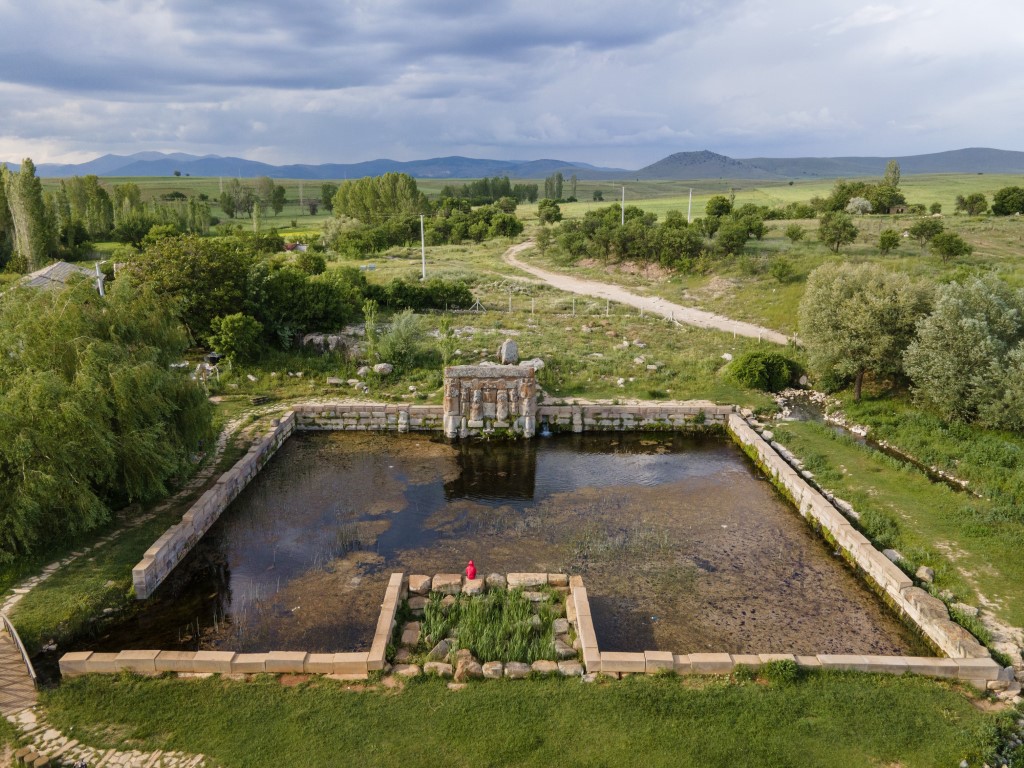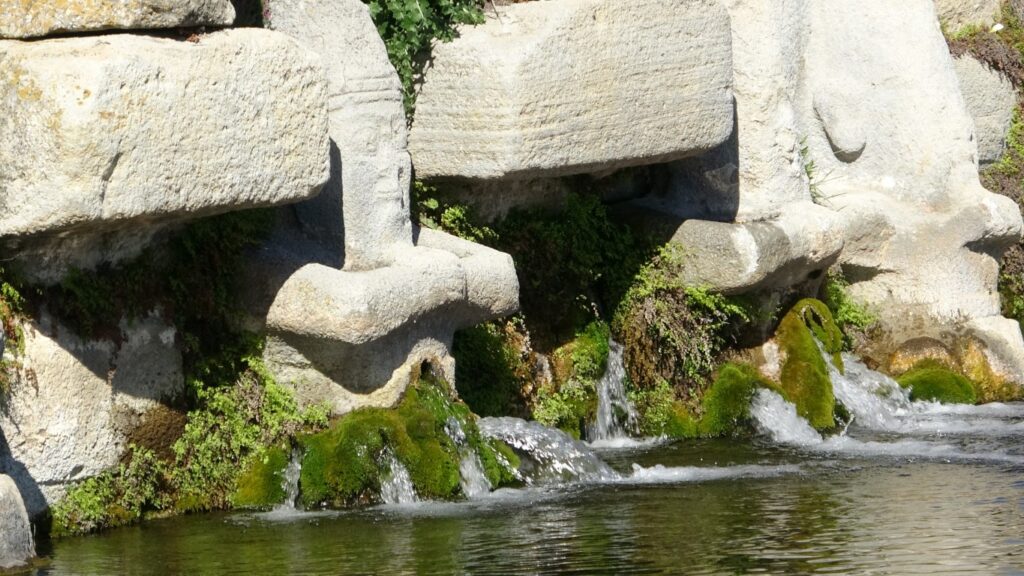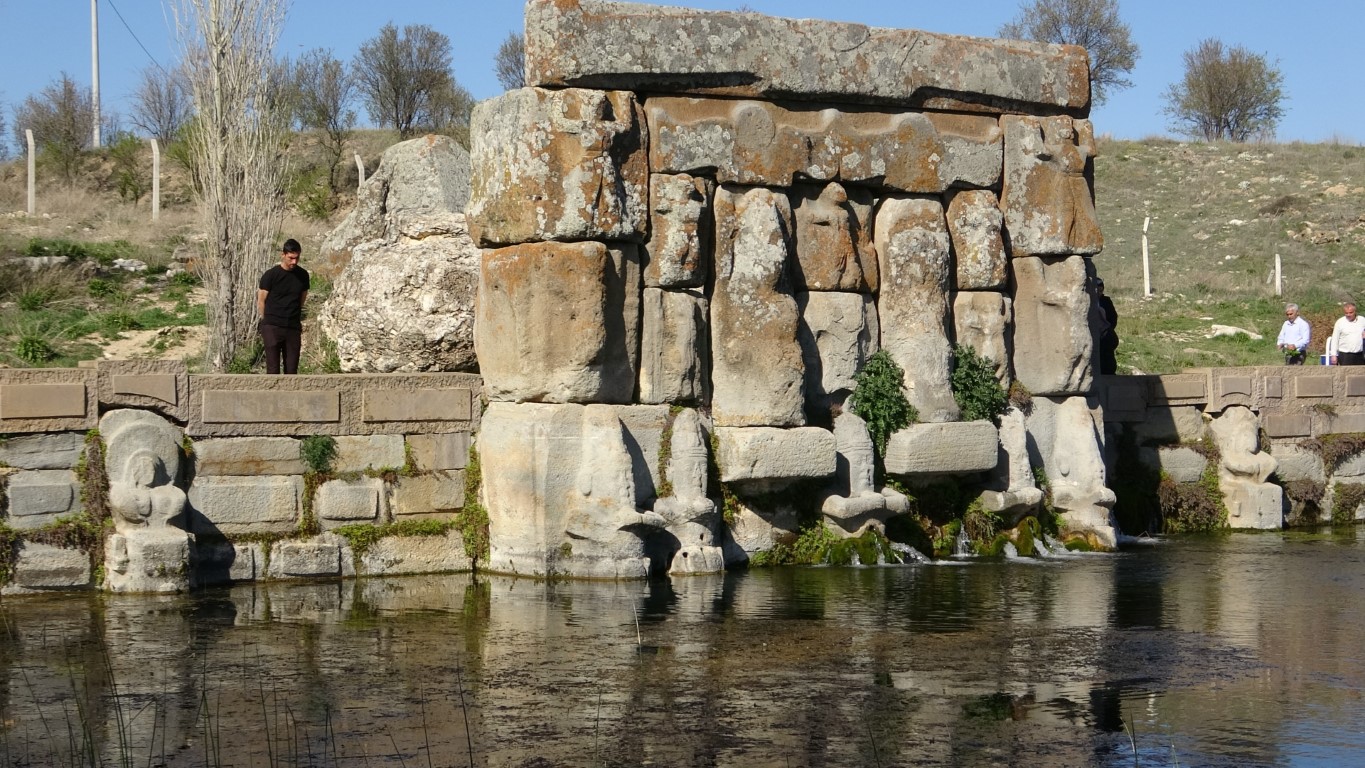Located in Konya’s Beyşehir district, Eflatunpınar reflects the sacred meaning of water in Hittite civilization
The Eflatunpınar Hittite Water Monument, located in the Beyşehir district of Konya, was built approximately 3,275 years ago by the Hittites for religious ceremonies and to exalt the water cult. Positioned beside a clean natural spring, the monument stands as a unique structure showcasing the Hittite civilization’s engineering ingenuity as well as its religious and political messaging.
For the Hittites, Water Was Not Just a Resource but a Sacred Element
Associate Professor Dr. Murat Turgut from the Department of History at Selçuk University shared insights into the monument:
“This monument, built roughly 3,275 years ago, highlights the importance the Hittites placed on clean water. They considered water sources sacred and monumentalized them to deliver religious and political messages. Konya is one of the regions where such monuments are found in great numbers.”

Deities and Symbols Depicted in Reliefs
The Eflatunpınar Water Monument features a large basin built over a natural spring, surrounded by relief-carved stone figures. Dr. Turgut explains the symbolic elements:
“At the bottom of the monument, five mountain god figures are depicted, three of which are hollow to represent water flowing from the mountains. Above them are depictions of the Storm God and the Sun Goddess, along with demon-like figures holding up the solar disc. At the top is a winged sun disk, symbolizing the ‘sovereign of the world’—a motif later used by civilizations such as the Egyptians, Assyrians, Babylonians, Persians, and Urartians.”
Dated to the 13th Century BCE, During King Tuthaliya IV’s Reign
The monument is believed to have been constructed during the reign of Hittite King Tuthaliya IV in the 13th century BCE. At the time, a major drought affected Anatolia, elevating the importance of clean water sources. Dr. Turgut elaborates:
“This was a period marked by severe drought across Anatolia. Clean water sources became crucial, and Eflatunpınar was monumentalized as a vital and sacred site.”

Listed on UNESCO’s Tentative World Heritage List
In 2014, Eflatunpınar was added to UNESCO’s Tentative World Heritage List under the title “Hittite Sacred Water Temple.” It attracts not only history enthusiasts but also nature lovers.
Located in the Sadıkhacı neighborhood of Beyşehir, the monument also lies along ancient trade routes used in the 2nd millennium BCE, underlining its strategic and cultural significance.
Cover Image Credit: Eflatunpınar Hittite Water Monument. Halil İbrahim Taha Taş/IHA





